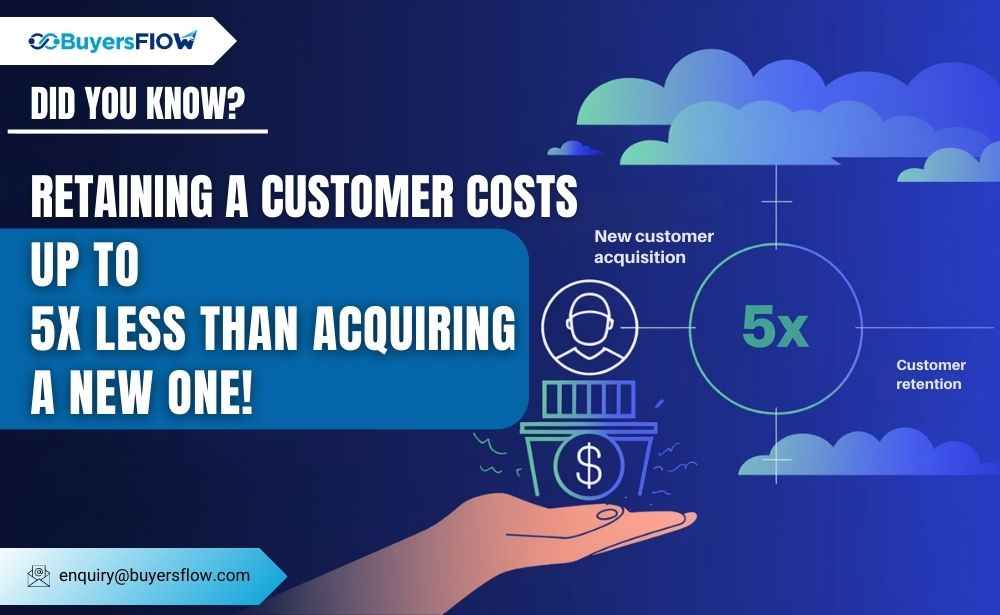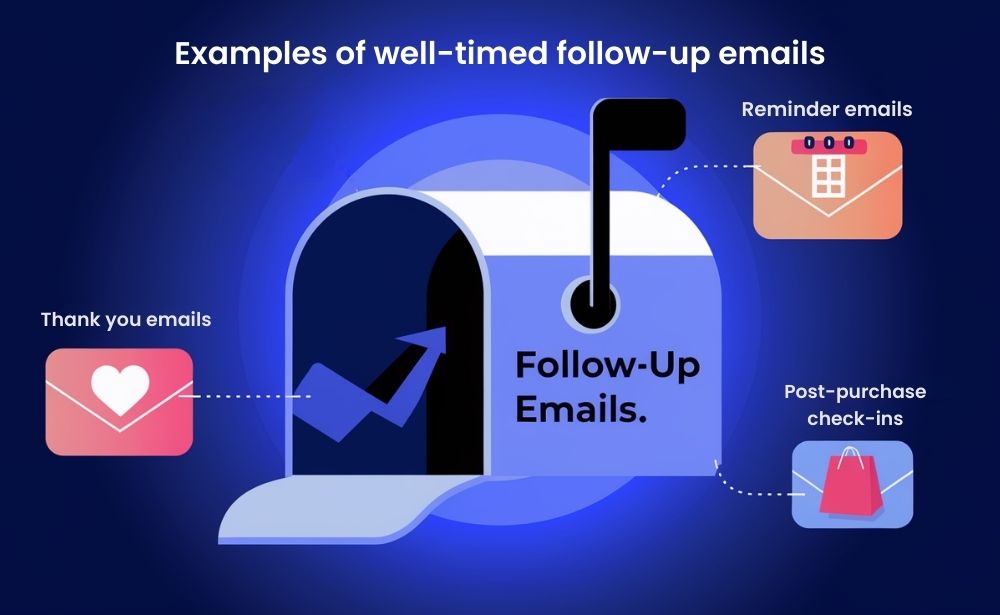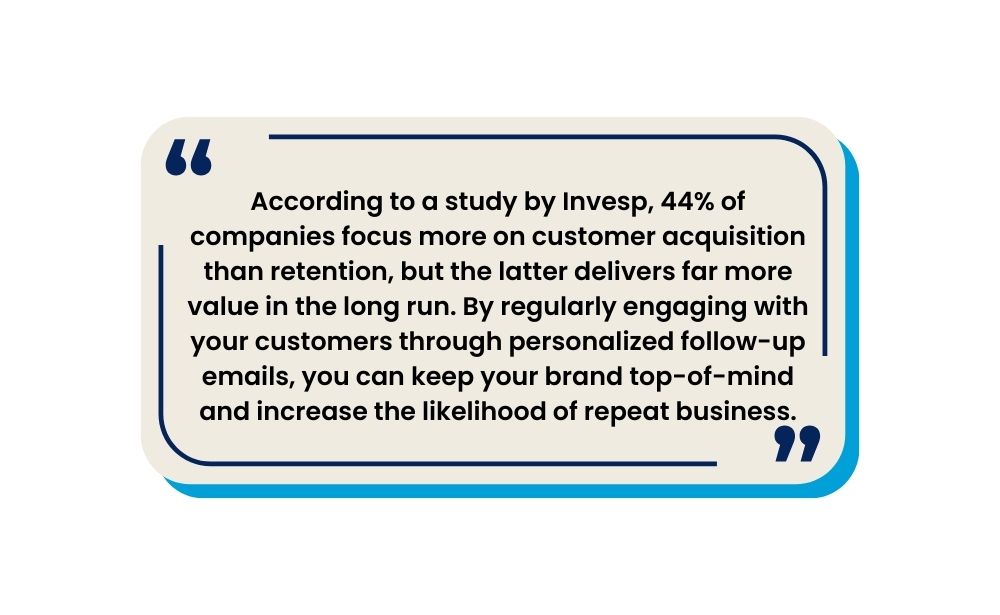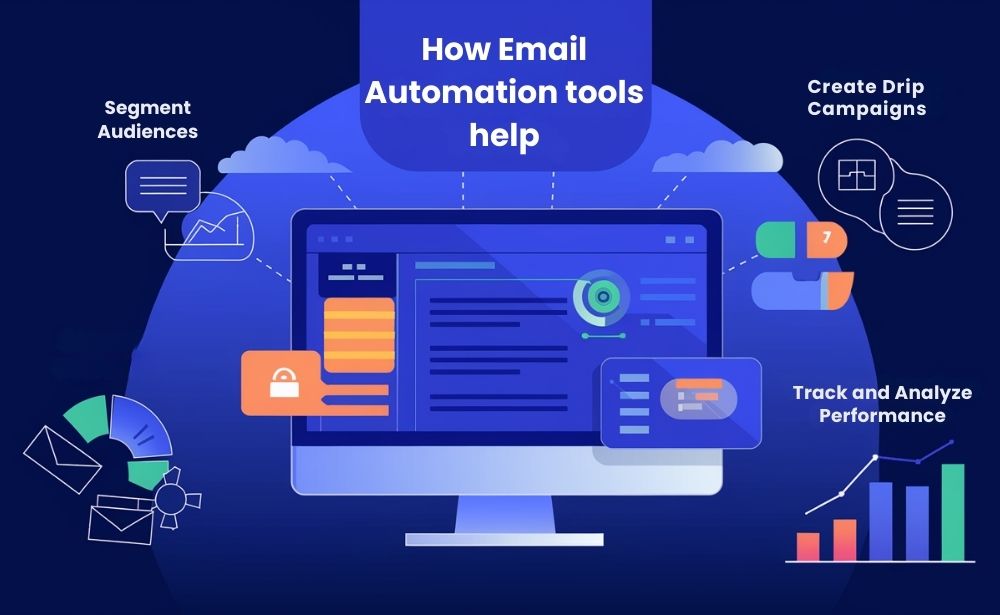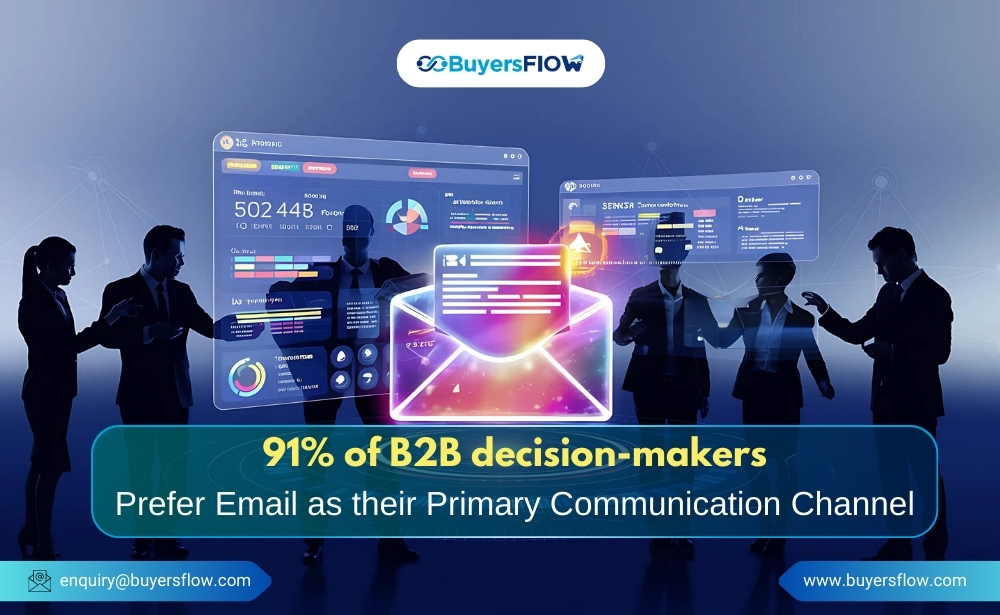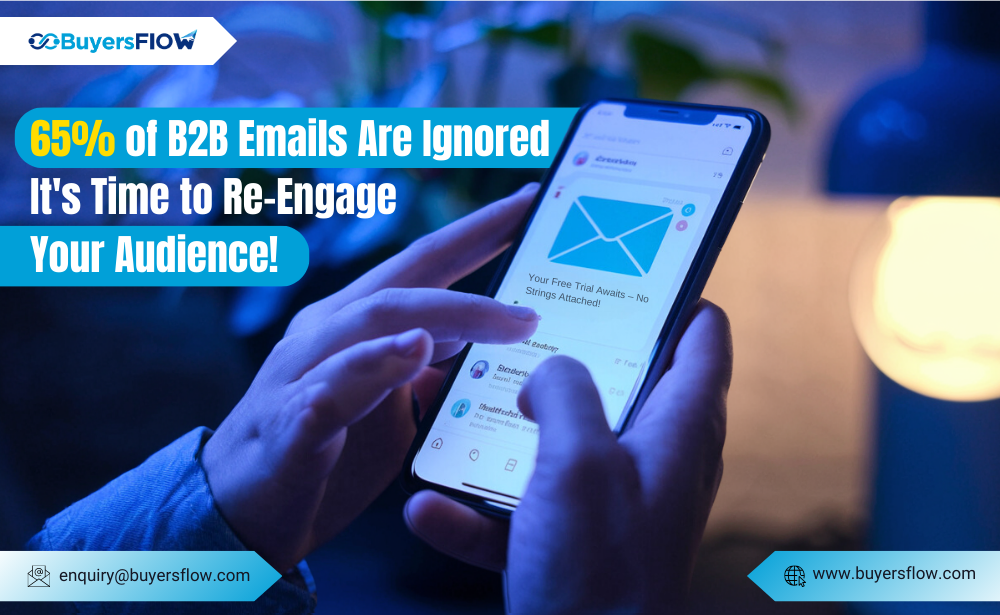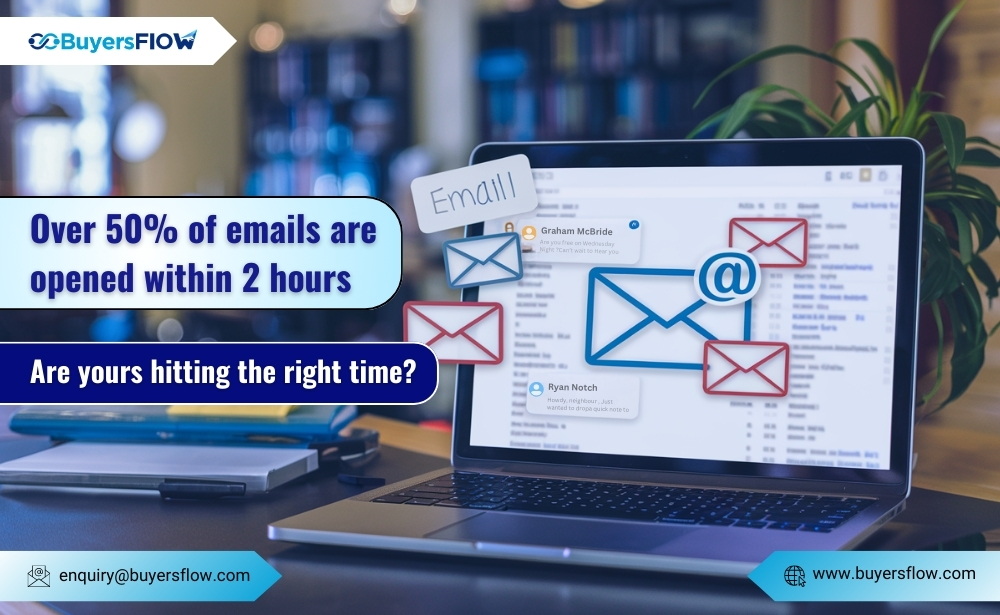Businesses can no longer afford to leave customer engagement to chance. With multiple channels for communication, customers are bombarded with messages every day, and staying top of mind is crucial for businesses looking to build lasting relationships. This is where automated follow-up emails come in. These emails are a powerful tool that helps businesses maintain consistent communication with their customers without manual intervention.
Businesses that rely heavily on nurturing leads and retaining customers—such as e-commerce platforms, SaaS companies, or service providers—automated follow-up emails can significantly impact customer retention. Paired with robust email automation software, these follow-ups ensure timely, personalized communication that keeps your brand in front of your audience. In this blog, we’ll delve into why automated follow-up emails are vital for customer retention and how businesses can leverage this tool to build strong, long-term customer relationships.
The Role of Automated Follow-Up Emails in Customer Retention
Customer retention is a top priority for businesses across industries.
Studies show that acquiring a new customer can cost five times more than retaining an existing one, and improving customer retention by just 5% can increase profits by 25–95% (Source: Bain & Company).
These figures alone make a compelling case for businesses to focus on keeping their current customers happy, and automated follow-up emails play a crucial role in this process.
Here’s why they’re a game-changer:
1. Timely and Consistent Communication
One of the biggest benefits of automated follow-up emails is their ability to maintain timely and consistent communication. After a customer interacts with your business—whether it’s purchasing a product, signing up for a service, or simply visiting your website—a well-timed follow-up email keeps them engaged.
For example:
- Thank you emails: Sent immediately after a purchase to confirm the transaction.
- Reminder emails: Sent when a customer abandons their cart, prompting them to complete the purchase.
- Post-purchase check-ins: Following up after a few days to ask if they’re happy with their purchase or service.
These emails can be triggered based on customer actions, ensuring they receive relevant and timely communication, which in turn increases their likelihood of staying with your brand.
2. Personalization at Scale
Gone are the days when generic emails could keep customers engaged. Today’s consumers expect personalization, and automated follow-up emails enable businesses to deliver just that. With the help of email automation software, businesses can personalize follow-up emails based on customer behavior, preferences, and purchase history.
For example:
- A customer who frequently purchases fitness products could receive personalized follow-up emails with recommendations for similar products.
- Someone who signed up for a webinar could receive a series of follow-up emails with relevant content, such as blog posts or additional resources, based on their interests.
This level of personalization shows customers that your business understands their needs and preferences, making them more likely to return for future interactions.
3. Nurturing Long-Term Relationships
Customer retention isn’t just about making one sale—it’s about building a relationship that lasts. Automated follow-up emails allow businesses to nurture relationships over time by providing value to customers beyond the initial purchase. These emails can include:
- Exclusive offers or discounts to loyal customers.
- Relevant content such as product guides or how-to videos.
- Check-ins to gather feedback and show that you care about their experience.
4. Recovering Lost Opportunities
Customer retention isn’t just about keeping existing customers—it’s also about recovering potential customers who may have fallen through the cracks. Cart abandonment is one of the most common issues faced by e-commerce businesses, with the average abandonment rate at 69.57% (Source: Baymard Institute). Automated follow-up emails can help recover these lost opportunities.
For example, if a customer abandons their cart, an automated email can be sent reminding them of the items they left behind, perhaps even offering a discount to encourage them to complete the purchase. Similarly, if a customer hasn’t interacted with your brand in a while, a follow-up email offering them an incentive to return can reignite their interest.
This approach ensures that no customer is forgotten and lost opportunities are reduced through strategic follow-up.
5. Boosting Customer Satisfaction with Post-Purchase Follow-Ups
One of the most effective ways to improve customer retention is by showing customers that you value their satisfaction. Post-purchase follow-up emails are a great way to do this.
For instance, sending an email a few days after a purchase to ask how the customer is enjoying the product or service shows that you care about their experience. These emails can also include links to customer support resources or offer easy ways to resolve any issues they might be facing. This proactive approach can prevent churn, as customers are more likely to remain loyal to a brand that is responsive to their needs.
According to research by HubSpot, 93% of customers are likely to make repeat purchases with companies that offer excellent customer service. Post-purchase follow-up emails are a simple but effective way to enhance customer satisfaction and retention.
Using Email Automation Software to Supercharge Follow-Up Emails
While automated follow-up emails are powerful on their own, combining them with robust email automation software can take your customer retention efforts to the next level. With email automation tools, businesses can:
- Segment Audiences: By segmenting your customers based on factors such as purchase history, behavior, or demographics, you can send highly targeted follow-up emails. This ensures that each customer receives content that is relevant to them, improving engagement and retention.
- Create Drip Campaigns: Drip campaigns are a series of automated emails sent over a set period to nurture leads and keep customers engaged. For example, after a customer signs up for your service, you could send a welcome email followed by product tips, testimonials, and special offers to maintain their interest.
- Track and Analyze Performance: Email automation software allows businesses to track key metrics like open rates, click-through rates, and conversions. This data helps you understand what works and what doesn’t, so you can continually optimize your follow-up emails for better results.
Conclusion
Automated follow-up emails are more than just a convenience—they’re a strategic tool that helps businesses stay connected with customers, build long-term relationships, and recover lost opportunities. When paired with advanced email automation software, they become even more powerful, enabling businesses to deliver timely, personalized communication that keeps customers engaged and loyal.
As competition intensifies, businesses must focus on customer retention as a key strategy for growth, and automated follow-up emails are the perfect way to do just that. Ready to streamline your email marketing process and retain more customers? Explore how BuyersFlow can help. Visit our website to learn more.
